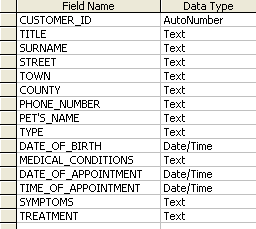
By naming the file, it enables the CMS to find the corresponding data. For example, developers store access data for each user in a separate YAML file. The queries go directly to the files and are not distributed over MySQL. Afterwards, the website is practically ready for use. Instead, the CMS is based on a common folder structure: web masters upload the files (HTML/PHP, multimedia, and text files) only onto the server. The DBMS is no longer needed, and neither is the server.

A flat file CMS completely forgoes database management, which is why it is often referred to as a CMS without a database. To do this, they need an extra equipped server. they work with several tables to organize queries. The database management systems (short: DBMS) operate in relation to each other i.e. Flat file CMSs also make use of this principle and therefore offer an interesting counterbalance to the heavyweight traditional content management systems.Īll major, well-known content management systems use MySQL or similar database management systems in the background. The advantage of flat files is their simple structure: Since the data isn’t linked, it can be created very quickly with fewer sources of error due to the low complexity. A well-known example is CSV files (comma-separated values): information within a data set is separated from each other with commas, the data set itself is terminated with a line break – no hierarchy, just a simple list. For databases like these, a wide variety of plain text and binary formats can be used. Flat file databases don’t have any of these – they are the digital equivalent of a shopping list or punch card. They are very different to complex relational databases, where the data sets have links, indexes, hierarchies, and predefined formats. Flat file databases fit into a single file. These files are also the basis for the simplest databases.

The same applies to binary files, since the code is also simply written down. It contains only written content, without any links, indexes, or formatting. The simplest flat file you can imagine is a text file in TXT format.


 0 kommentar(er)
0 kommentar(er)
